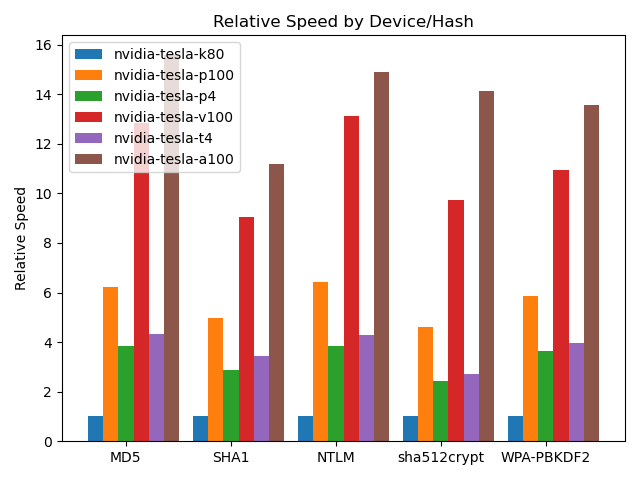GPU speeds attempts of brute force

Graphics Processing Units (GPUs) are known for their parallel processing capabilities, and they can significantly speed up certain types of brute force attacks, particularly those involving password cracking or cryptographic key generation. The parallel processing power of GPUs allows them to perform multiple calculations simultaneously, making them well-suited for tasks that involve repetitive and parallelizable computations.
Here are some ways in which GPUs can accelerate brute force attempts:
Password Cracking:
Cryptographic Key Cracking:
Hash Function Brute Force:
Wireless Network Password Cracking:
To defend against such attacks, organizations and individuals can implement the following measures:
Use Strong Passwords: Encourage the use of complex, strong passwords that are resistant to brute force attacks.
Implement Account Lockout Policies: Enforce account lockout policies to temporarily lock user accounts after a certain number of unsuccessful login attempts, which helps mitigate brute force attacks.
Multi-Factor Authentication (MFA): Implement multi-factor authentication to add an extra layer of security, making it more difficult for attackers even if they succeed in obtaining a password.
Use Secure Hashing Algorithms: Employ secure and computationally expensive hashing algorithms for password storage to slow down brute force attacks.
Regularly Update Systems: Keep systems, software, and firmware up to date to patch vulnerabilities that attackers might exploit.
It's important to note that using GPUs or any other tools for brute force attacks without proper authorization is illegal and unethical. Ethical hacking practices, when conducted with proper authorization and for the purpose of improving security, adhere to legal and ethical guidelines.
Thank you.